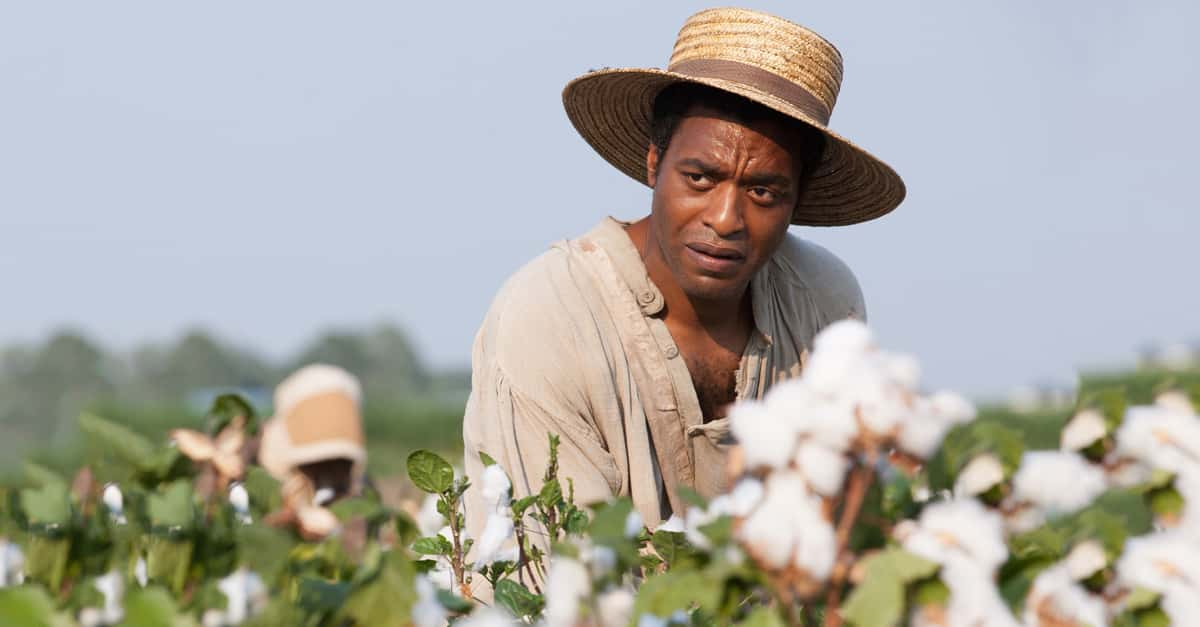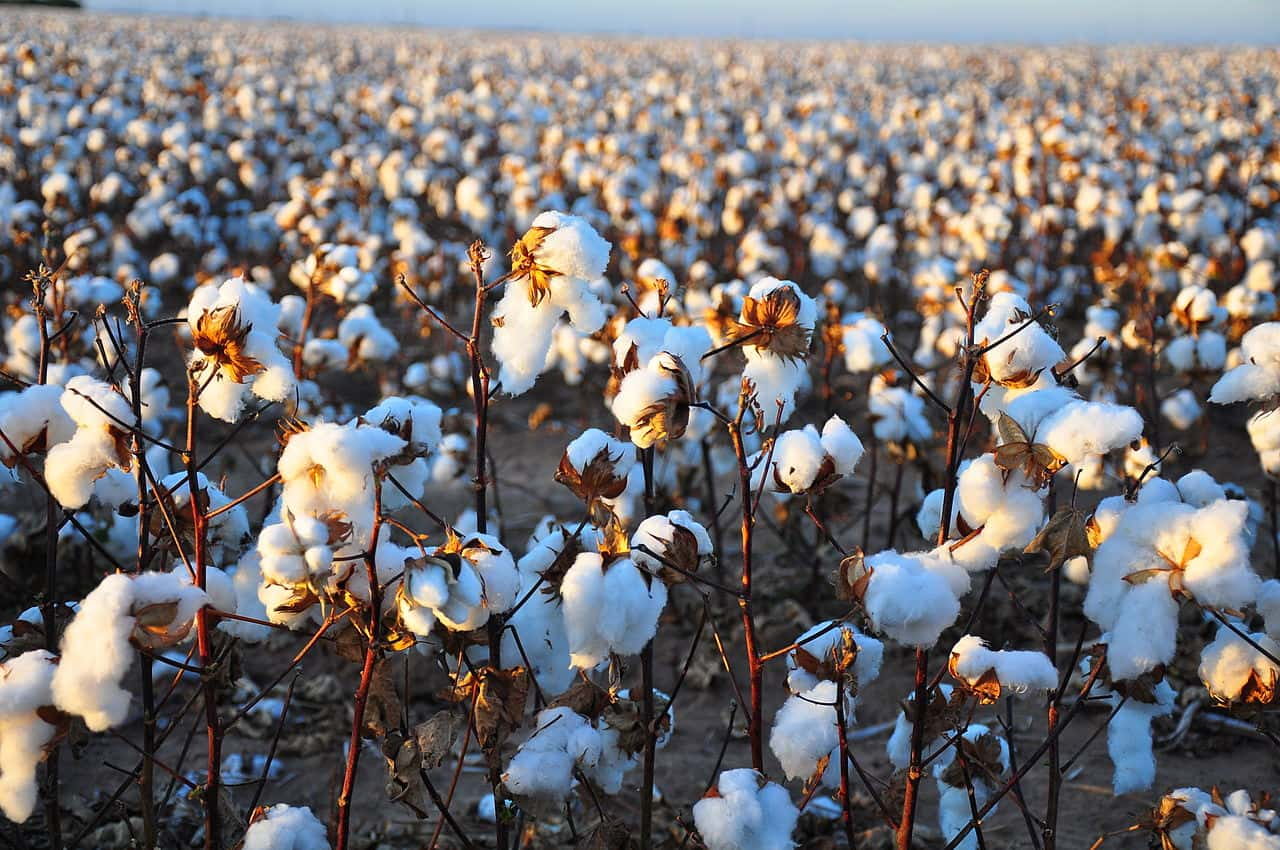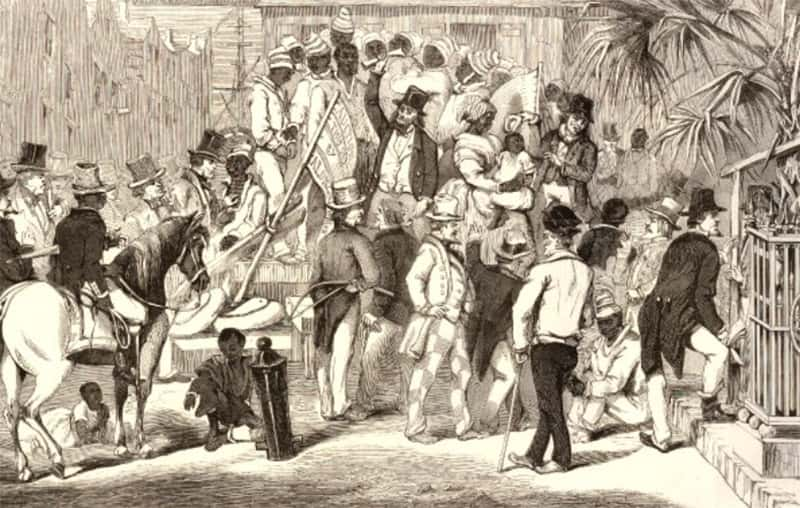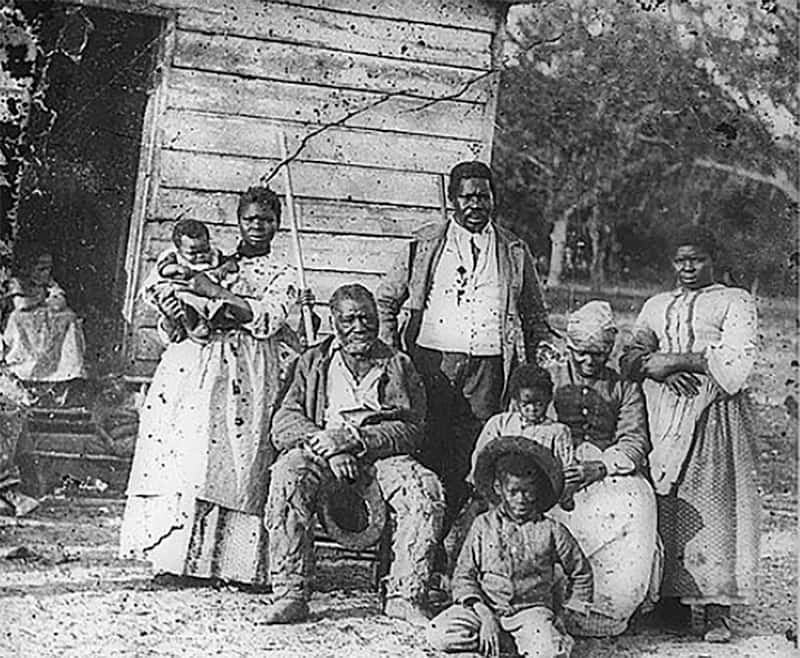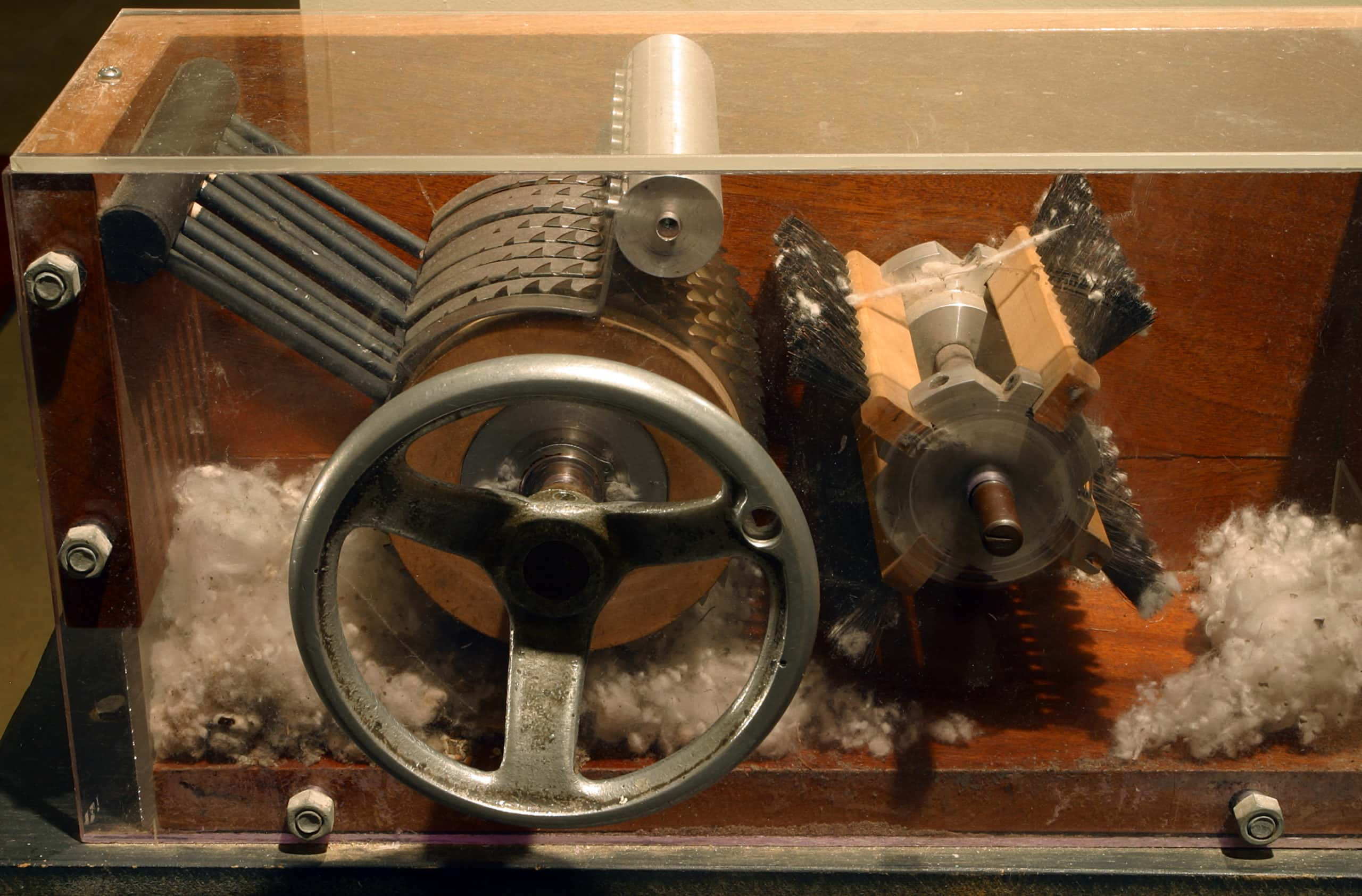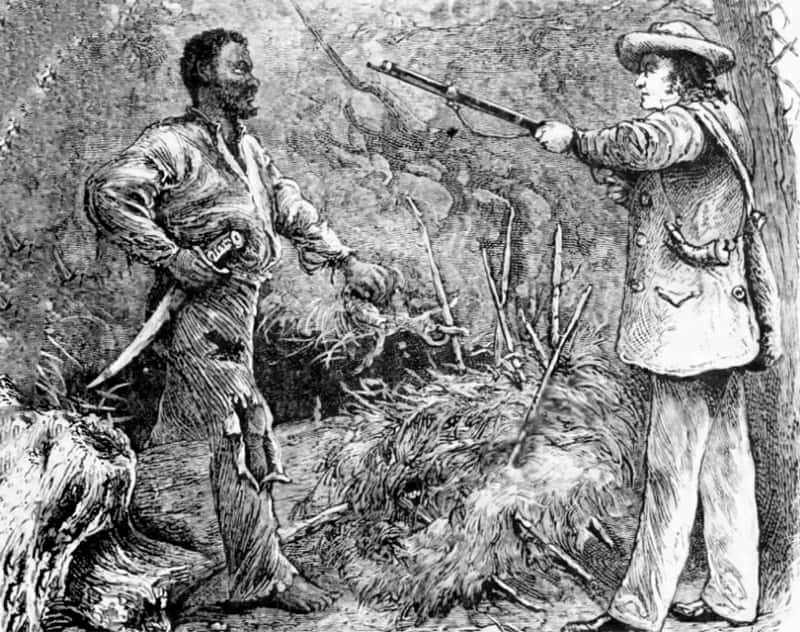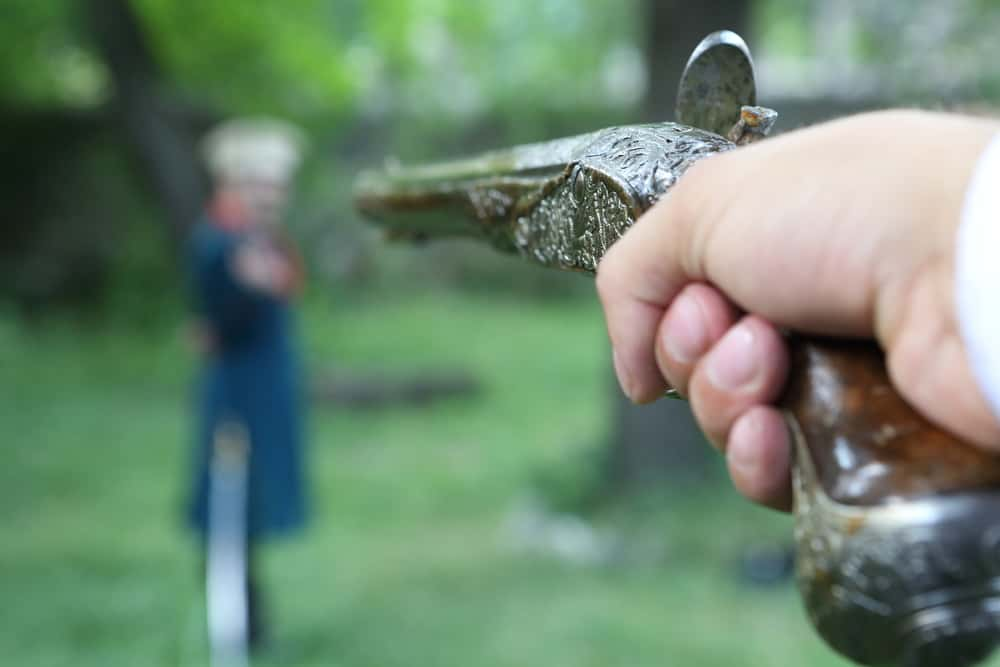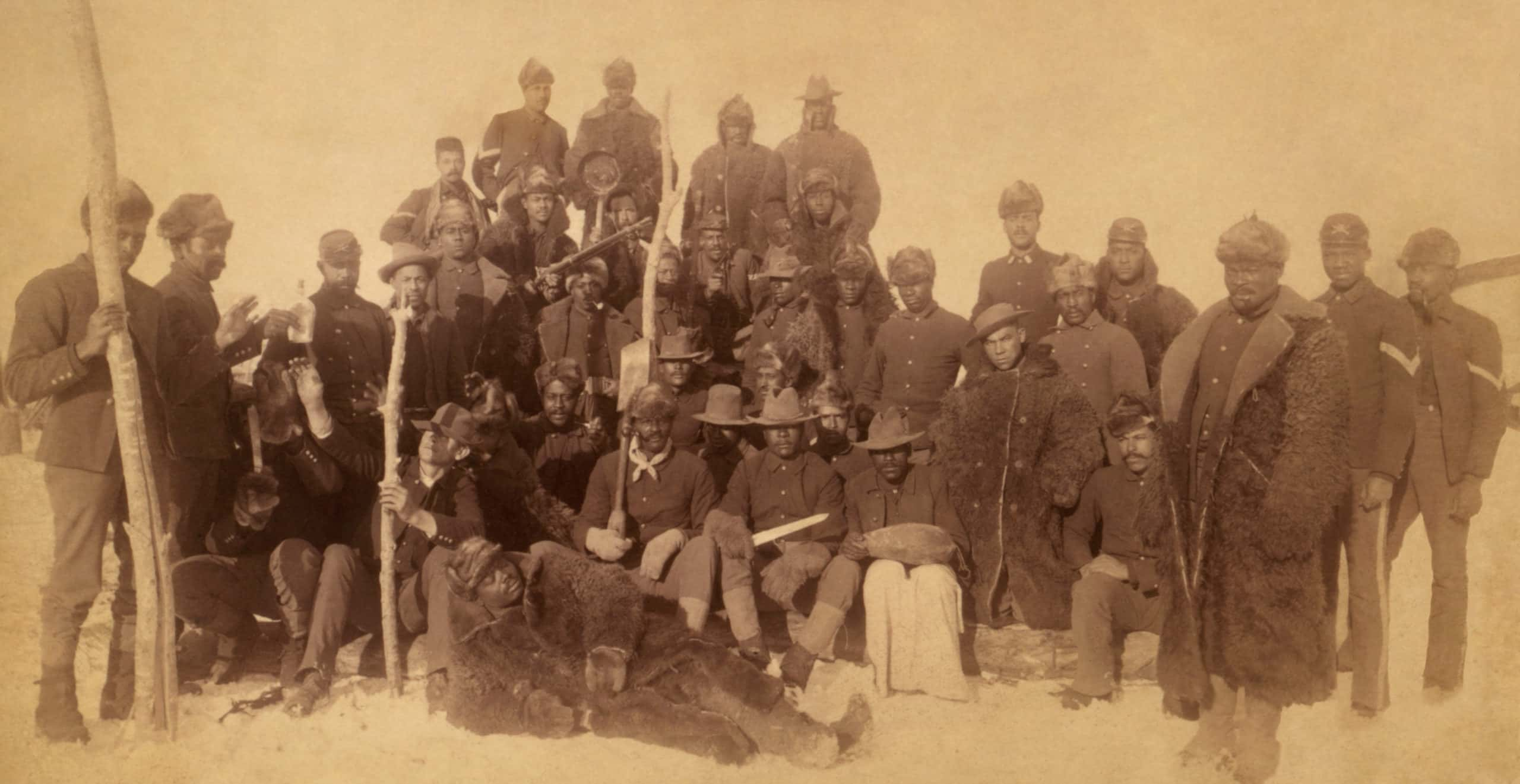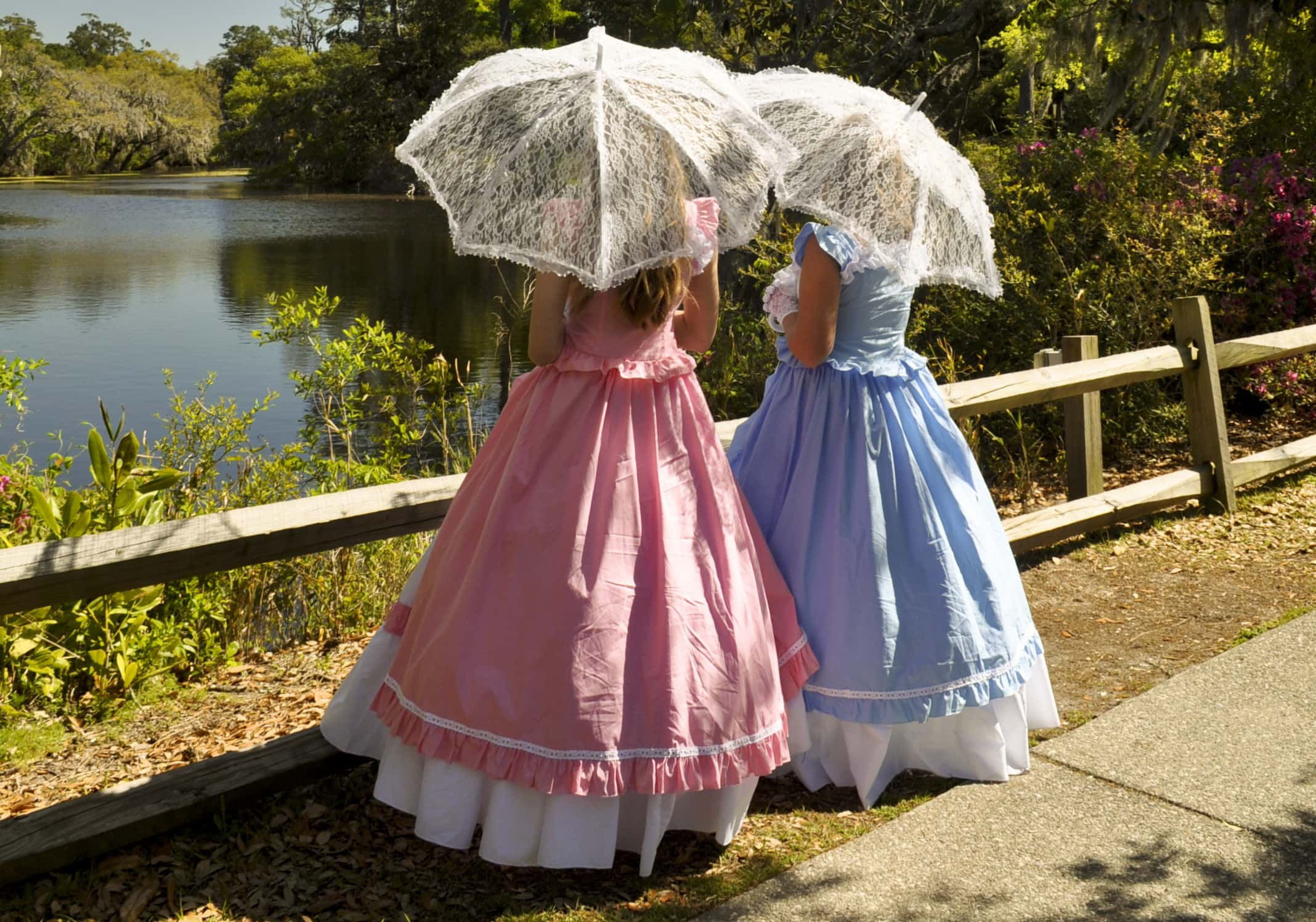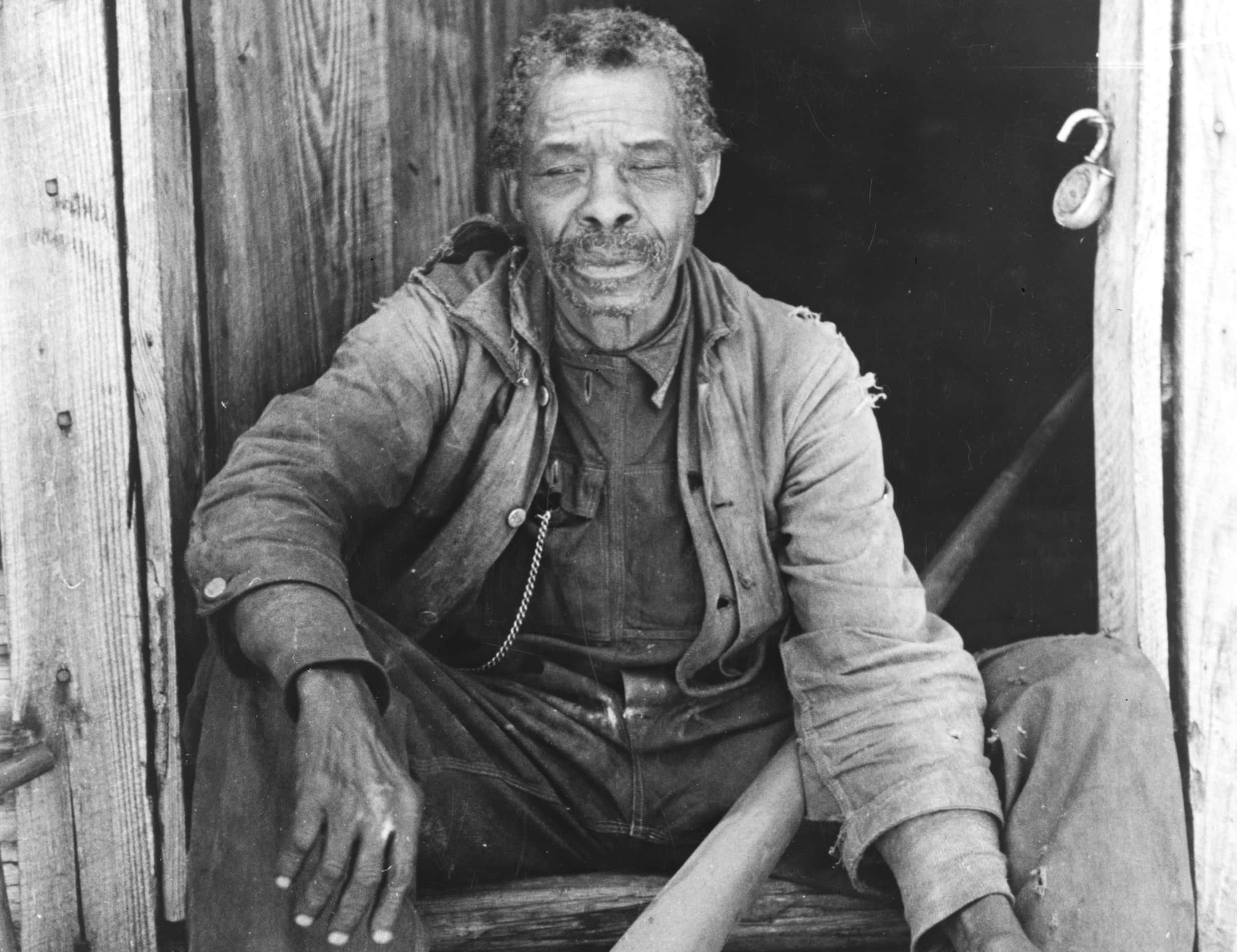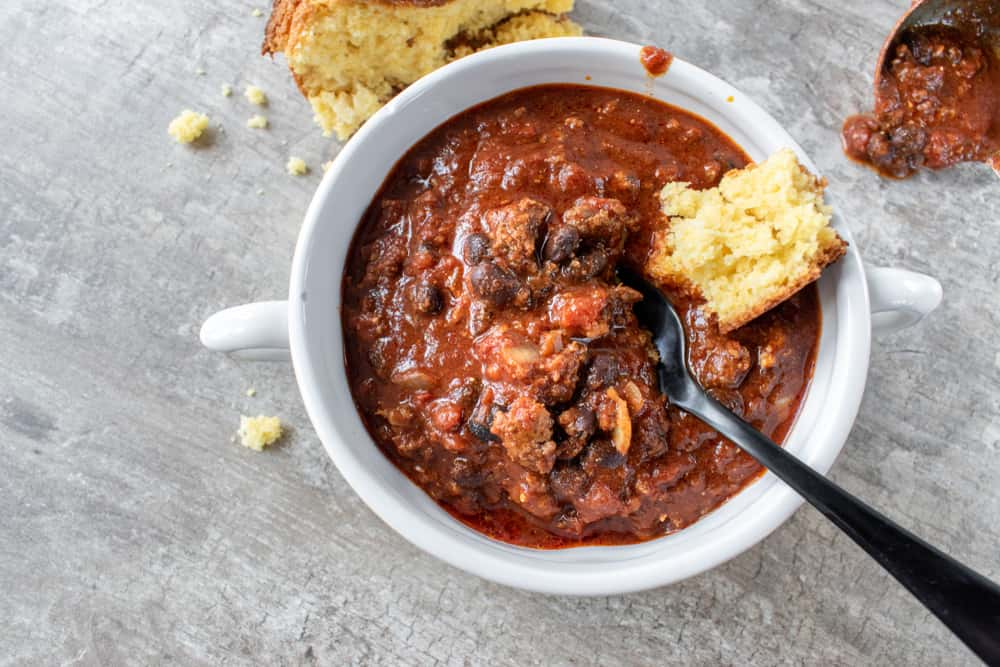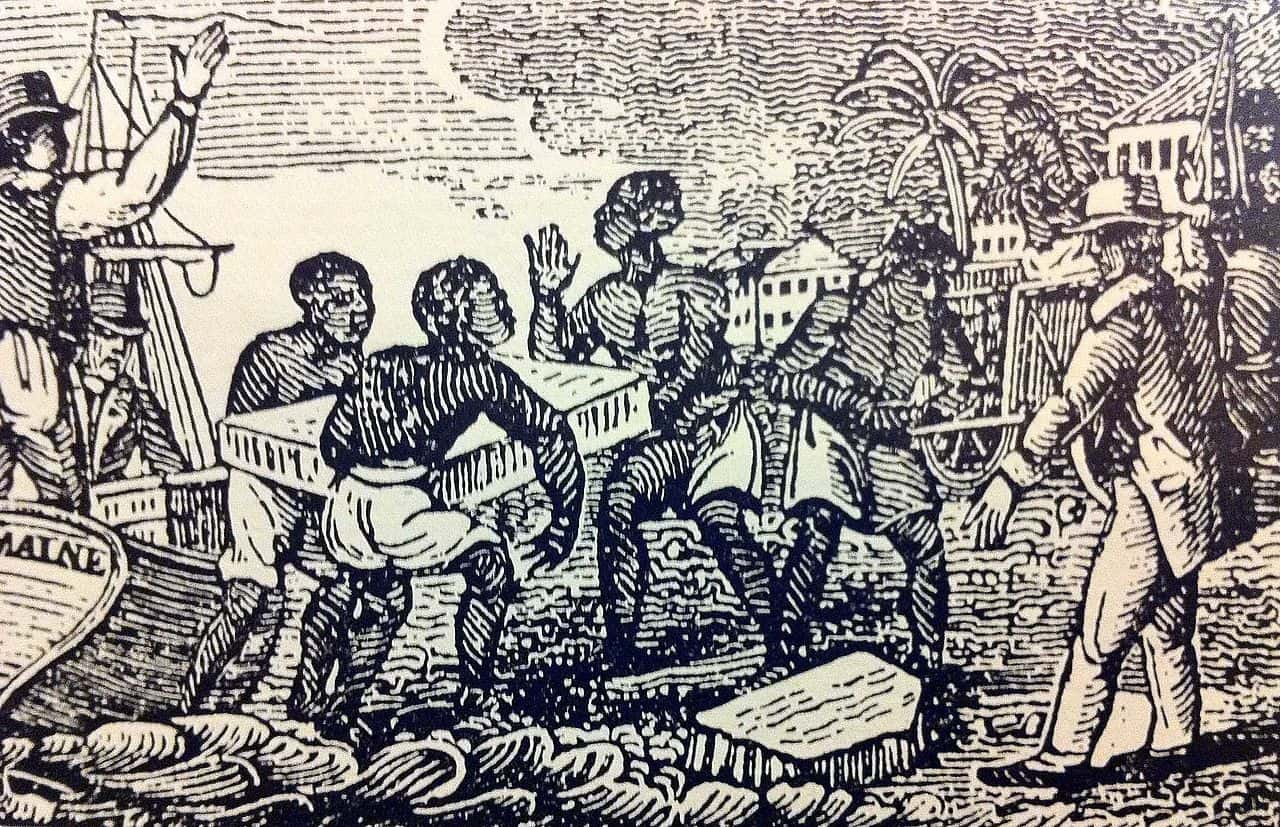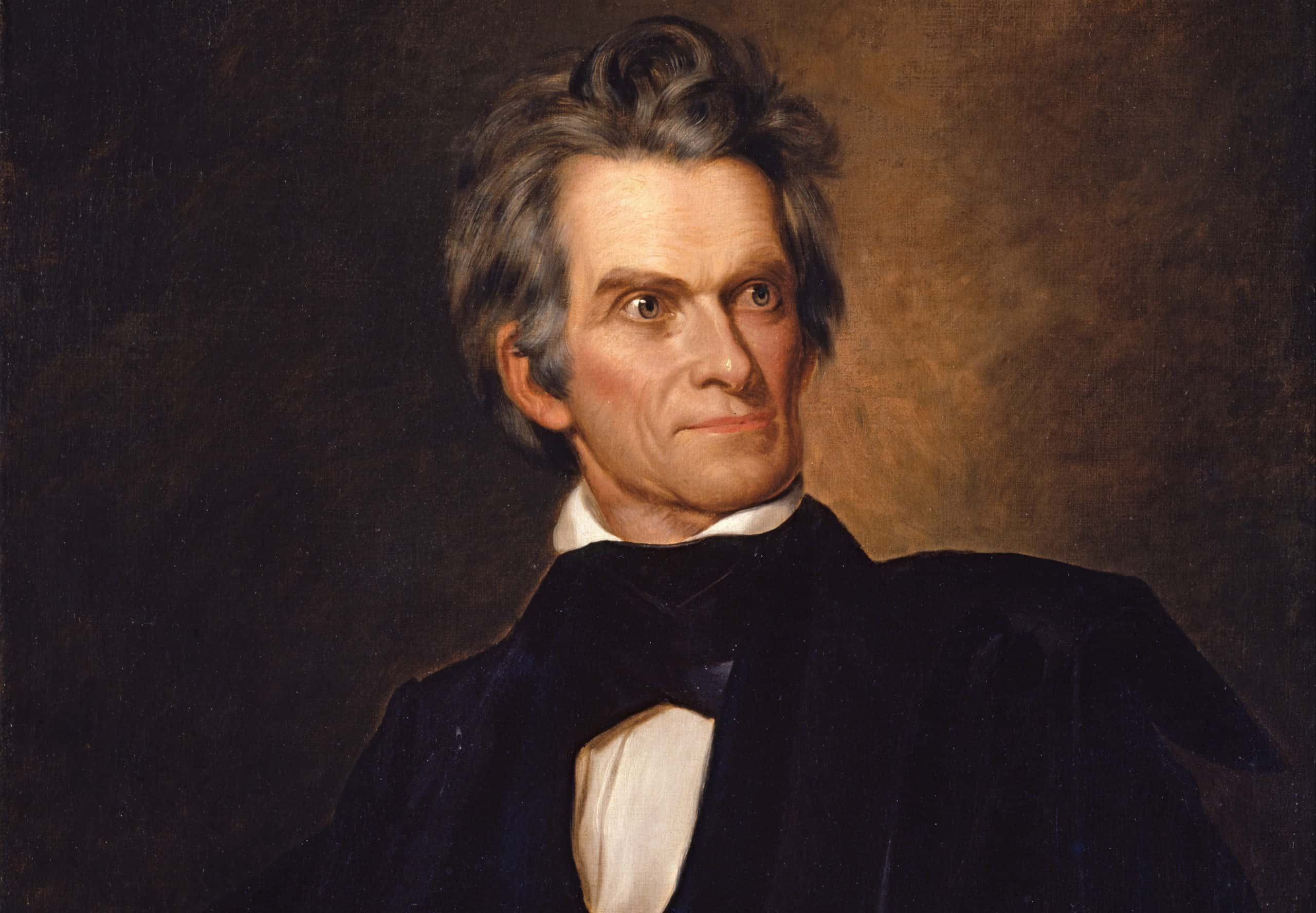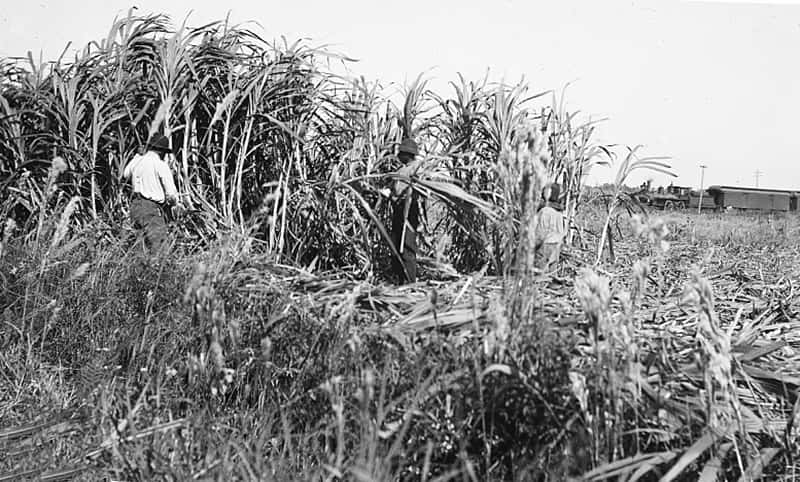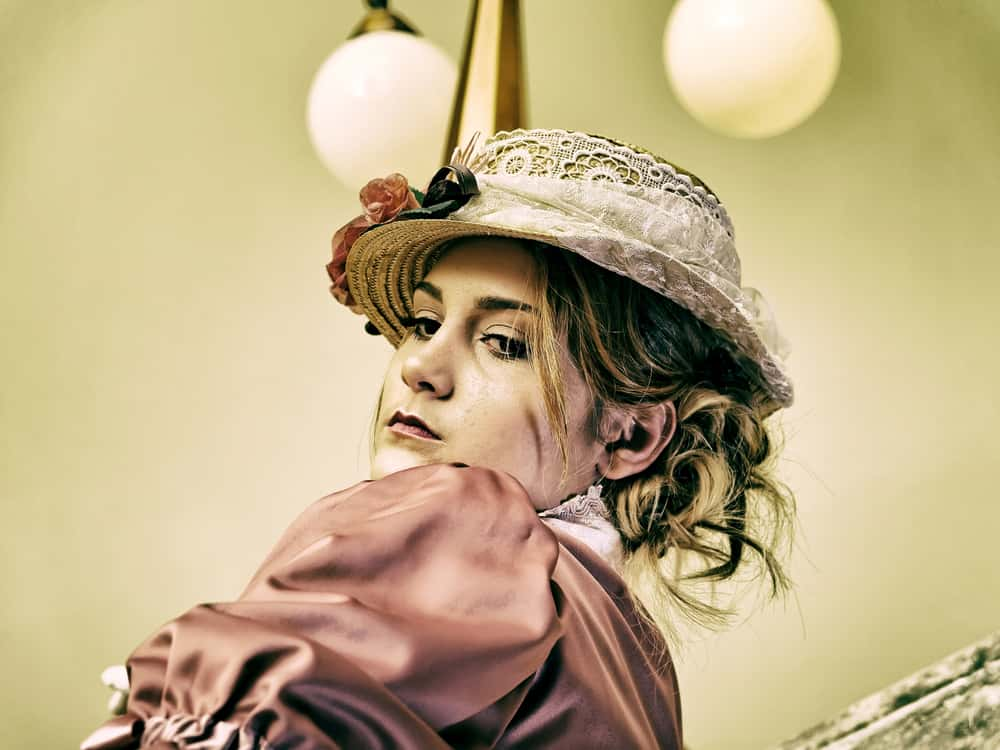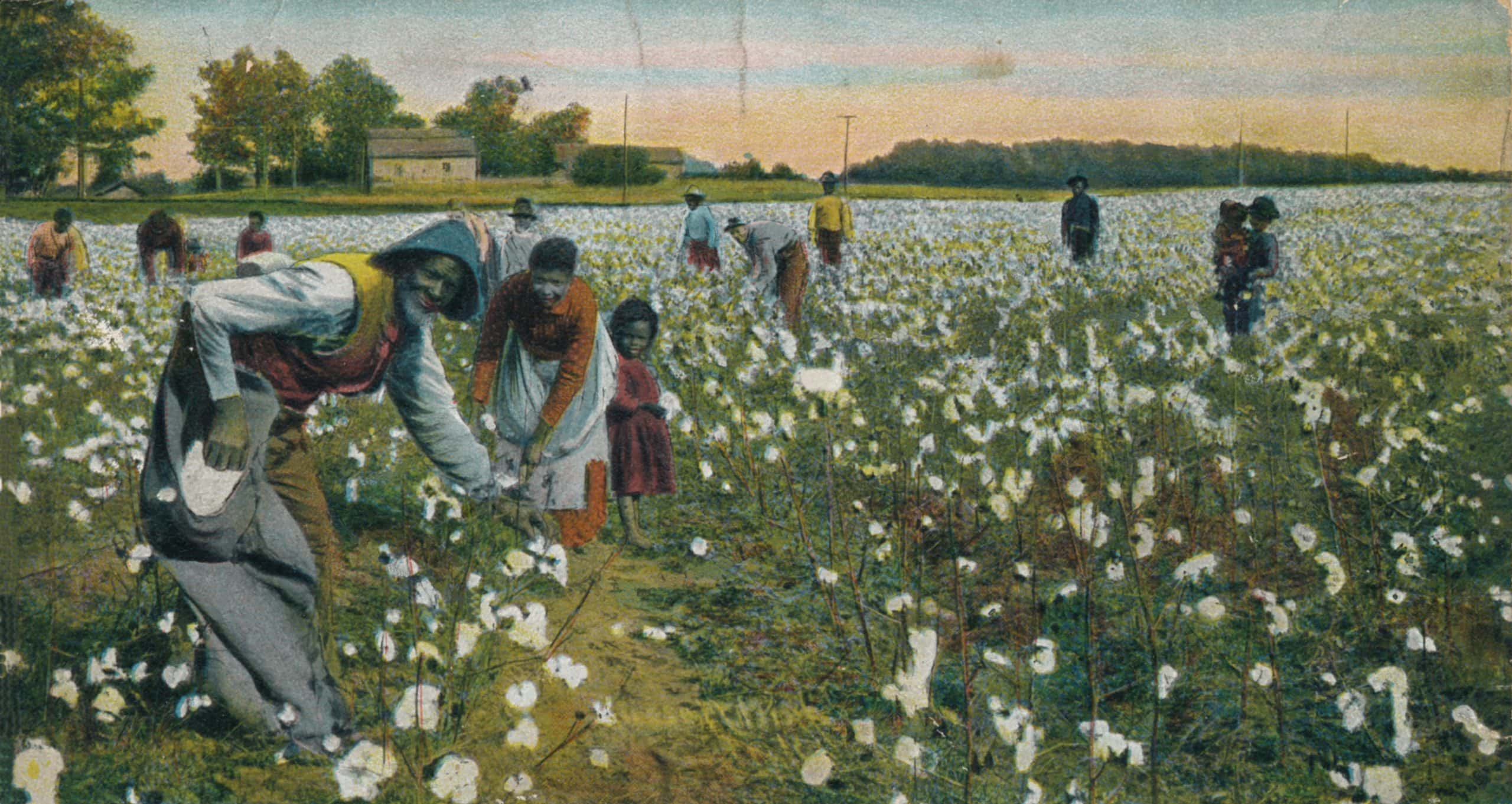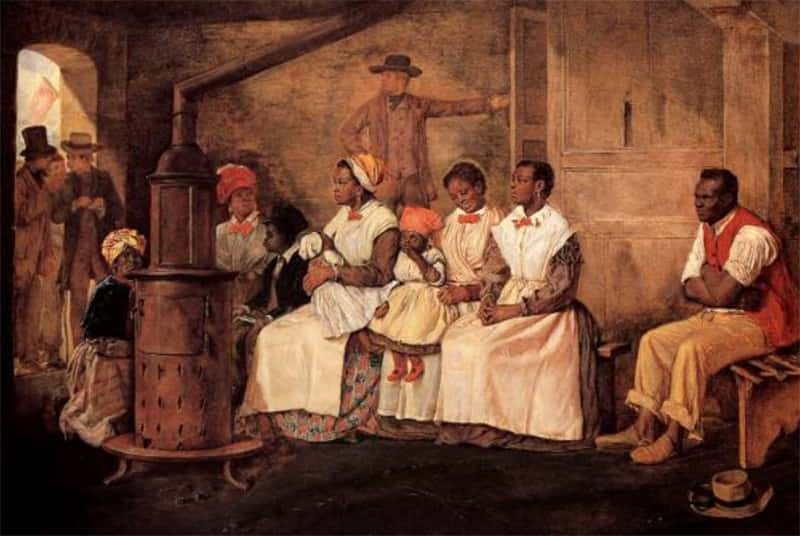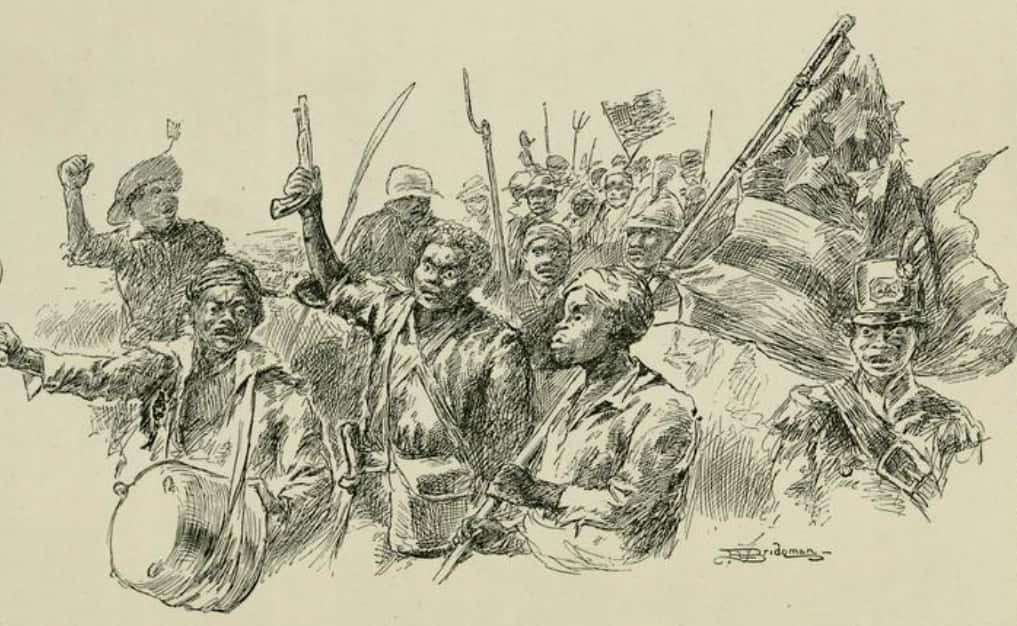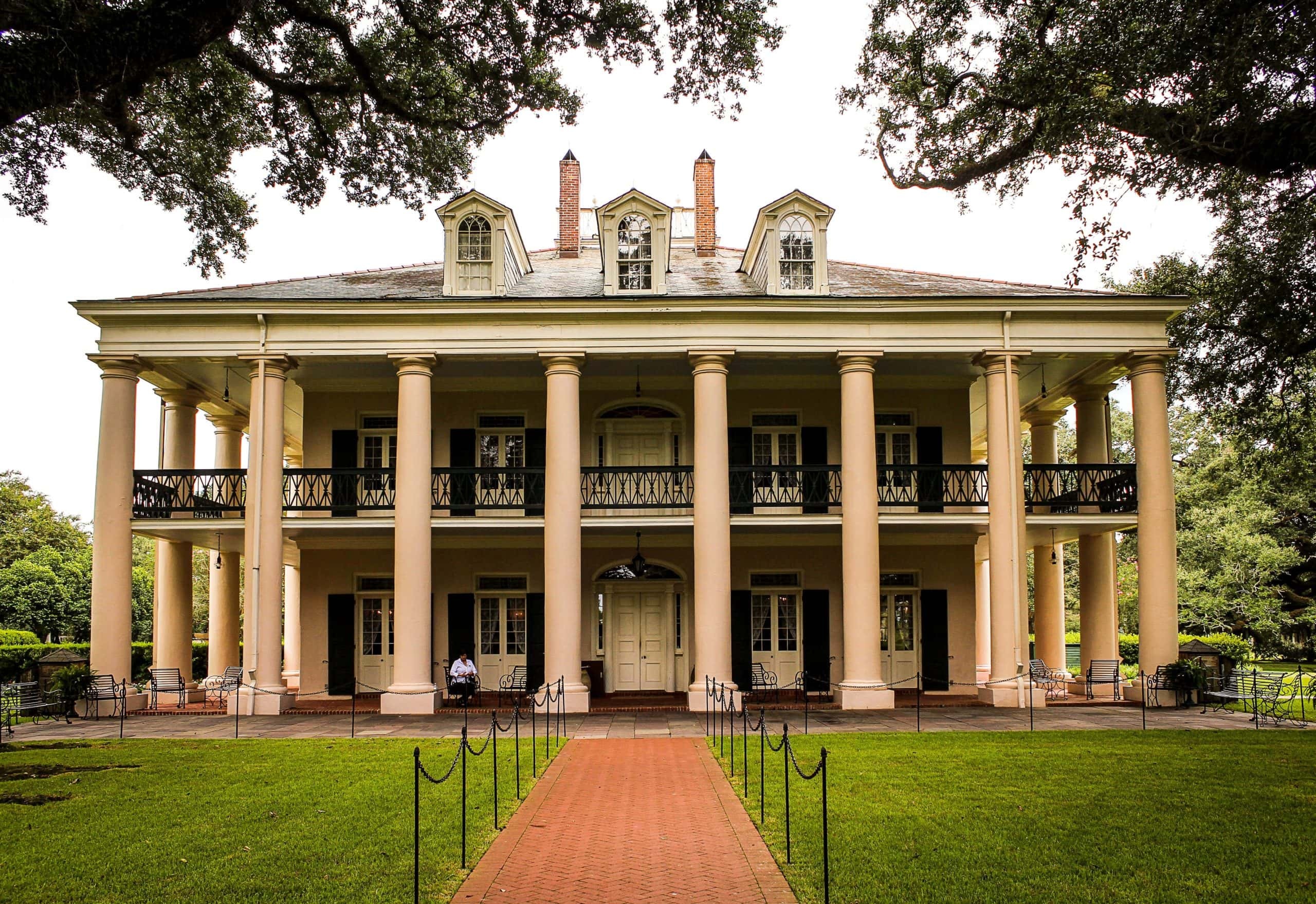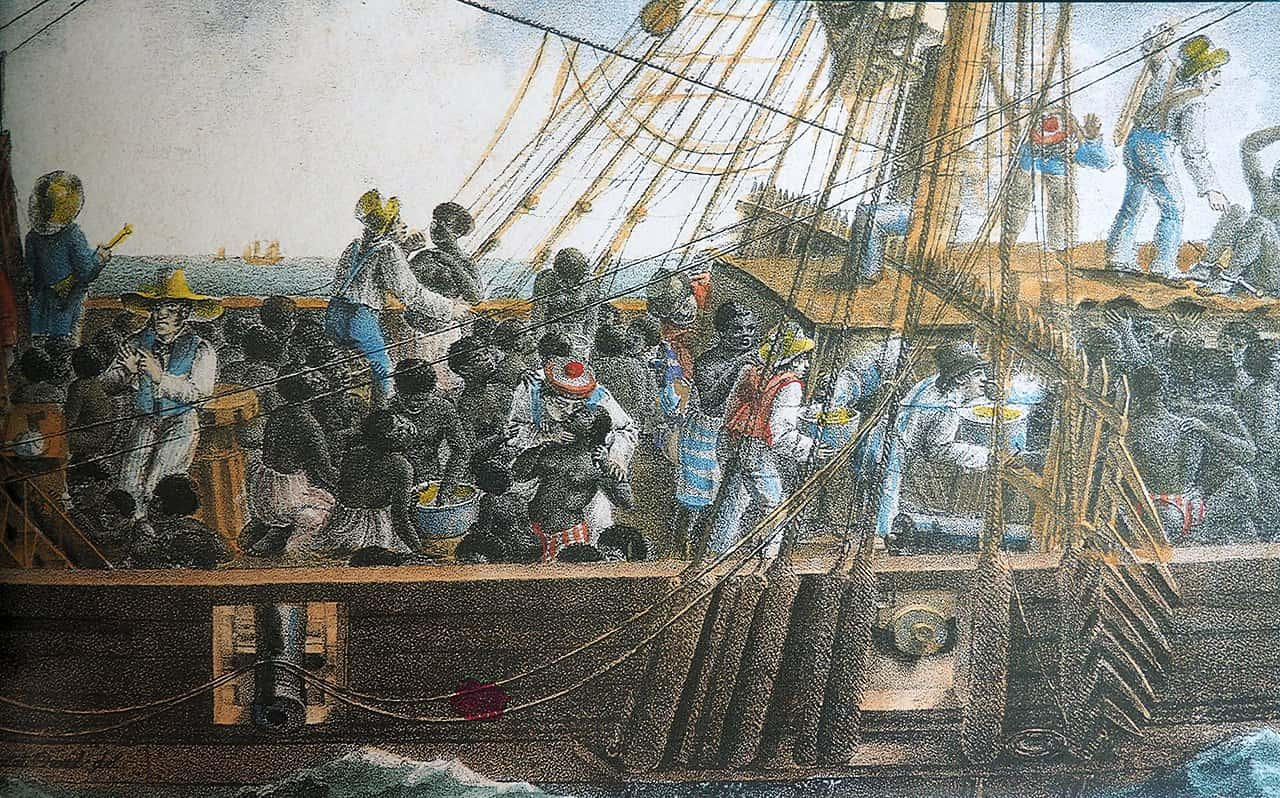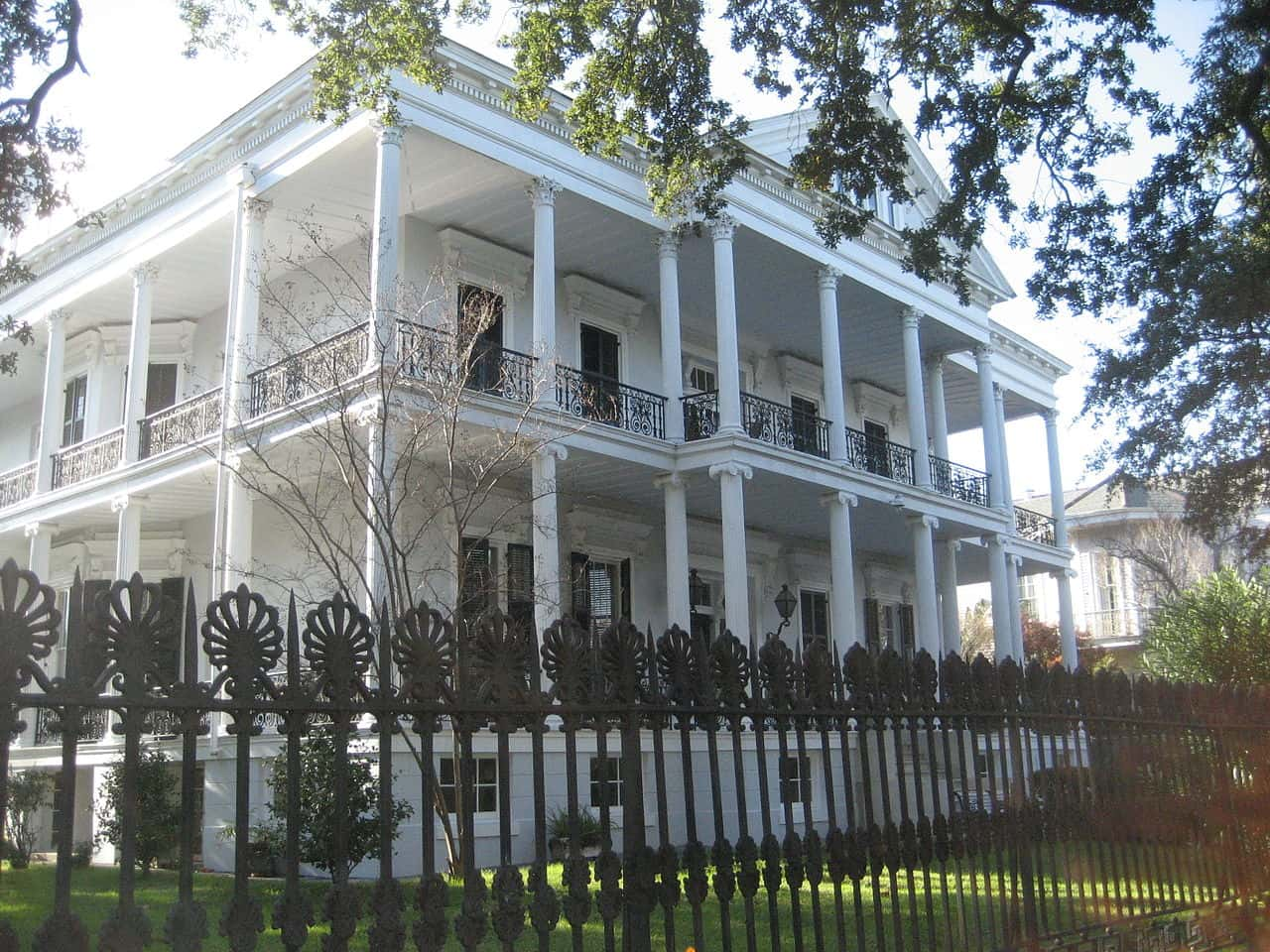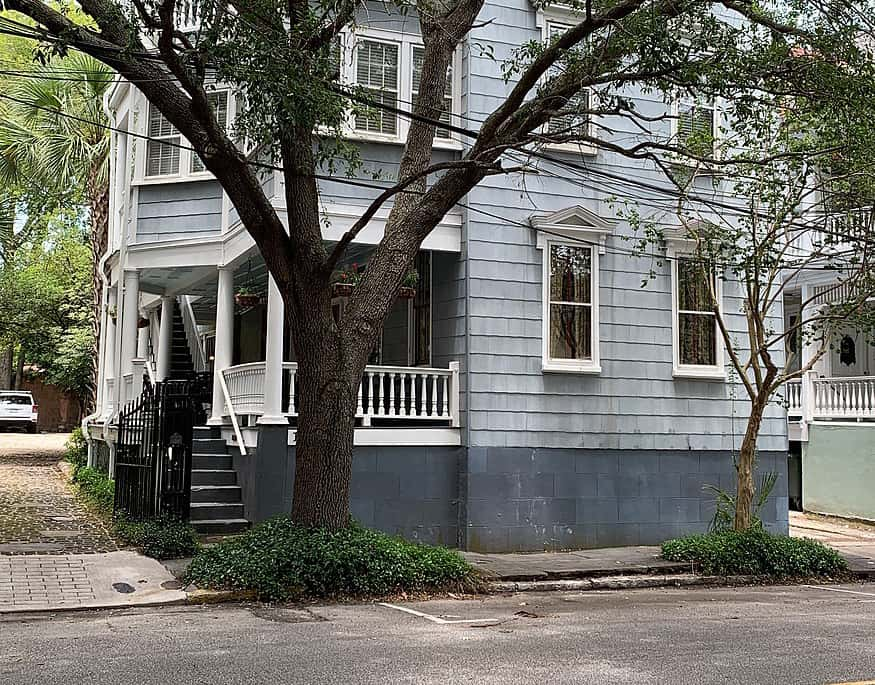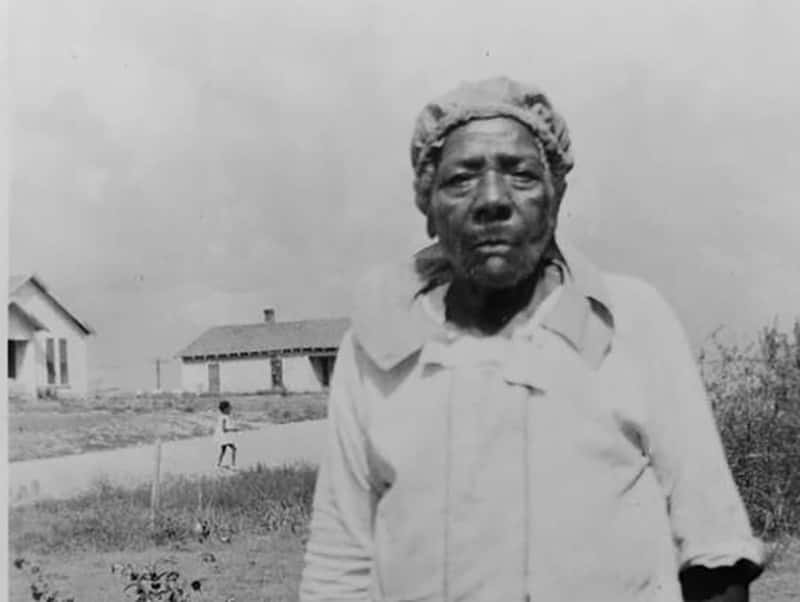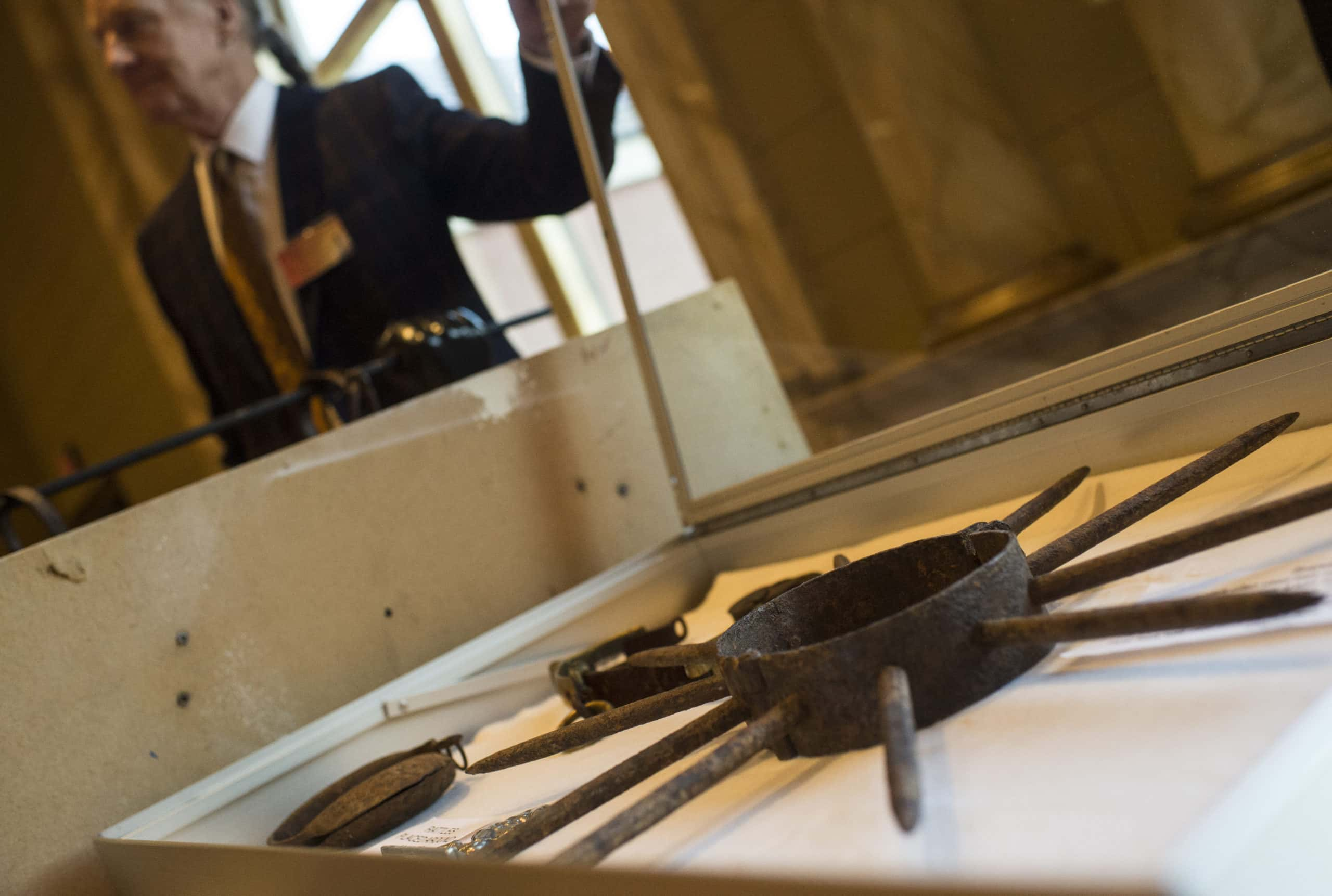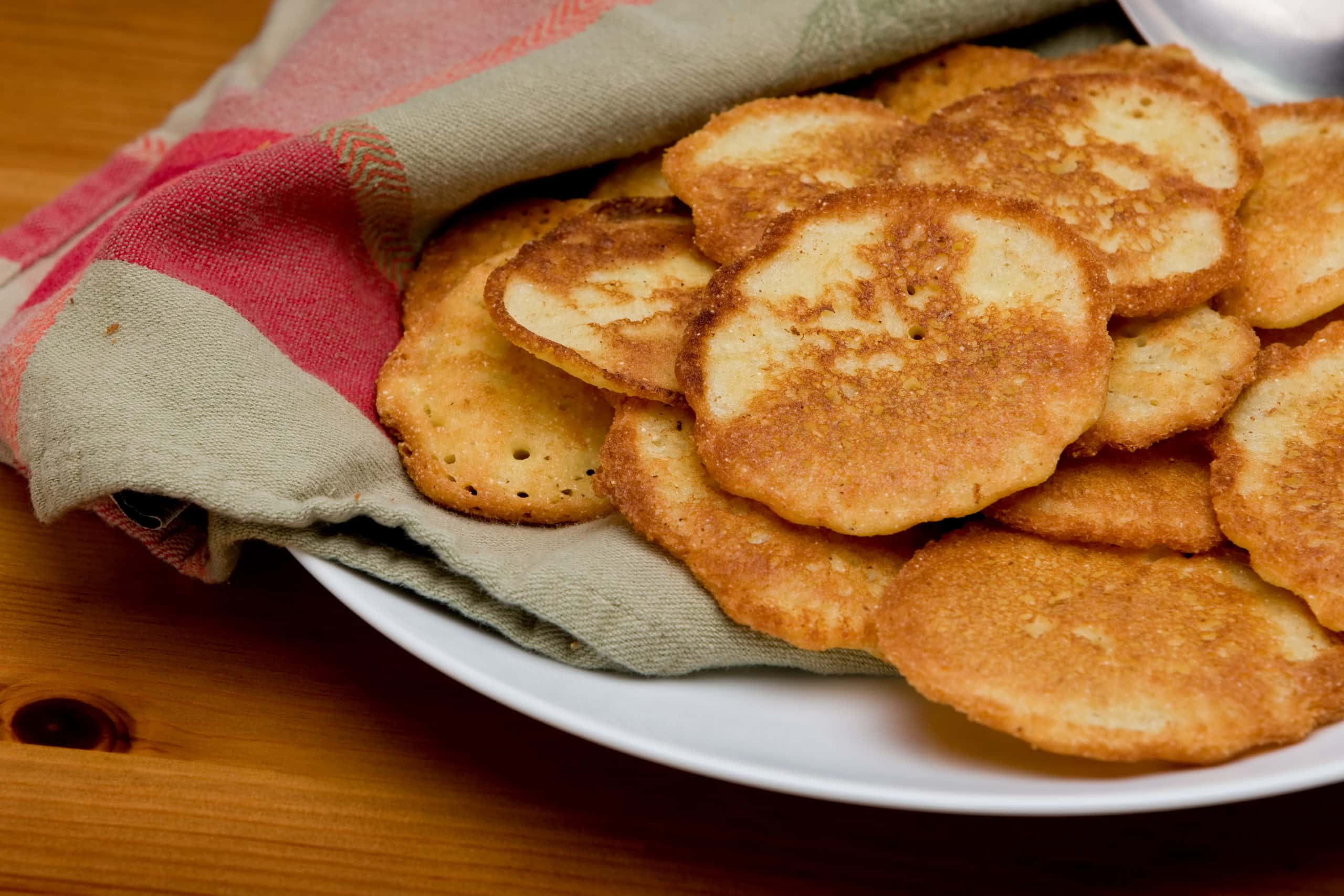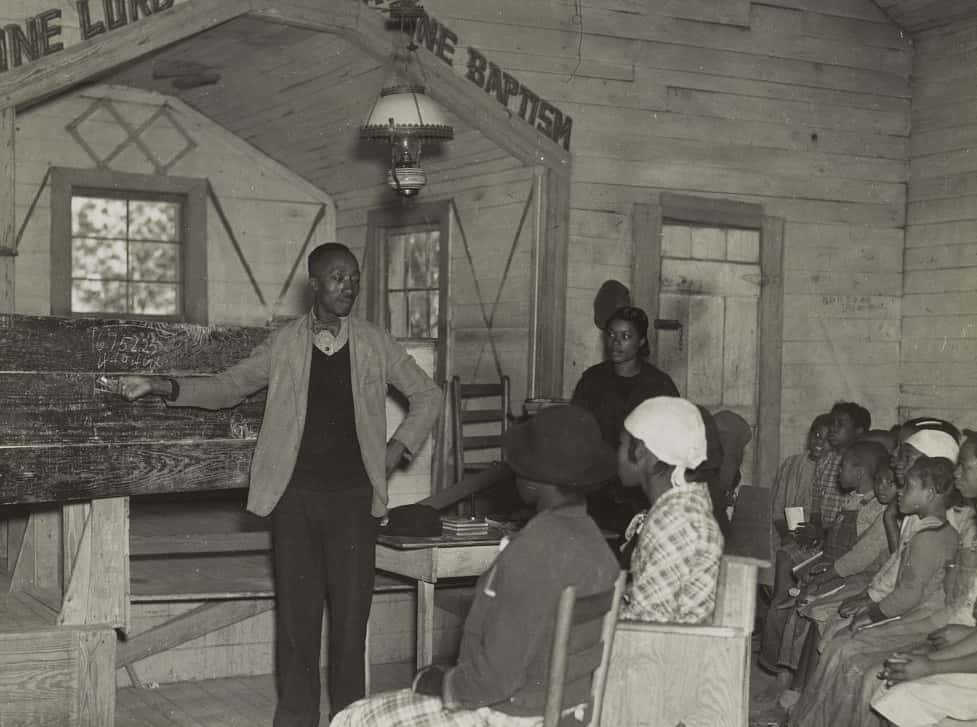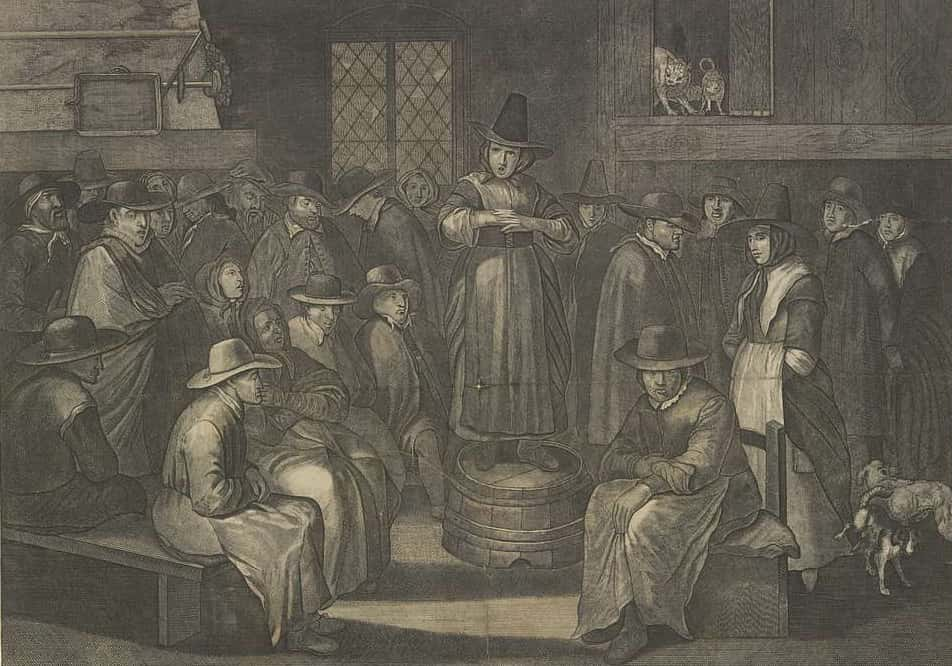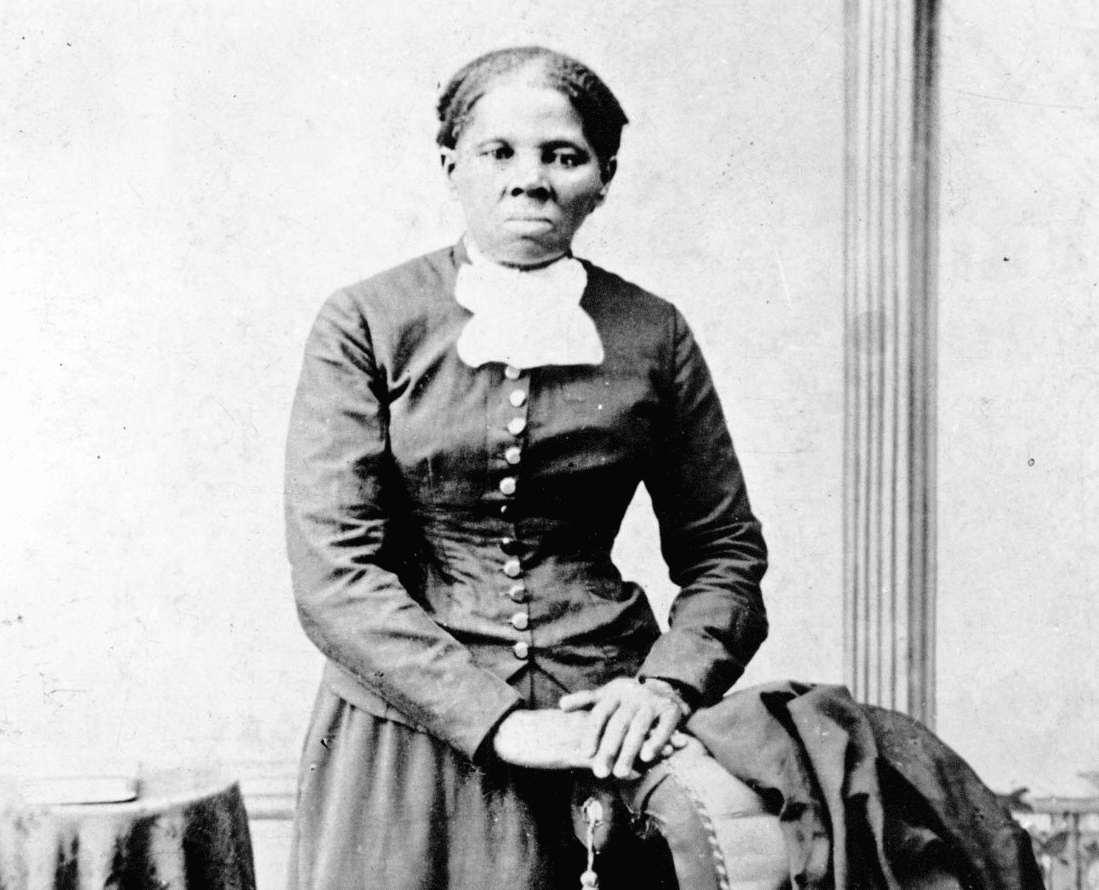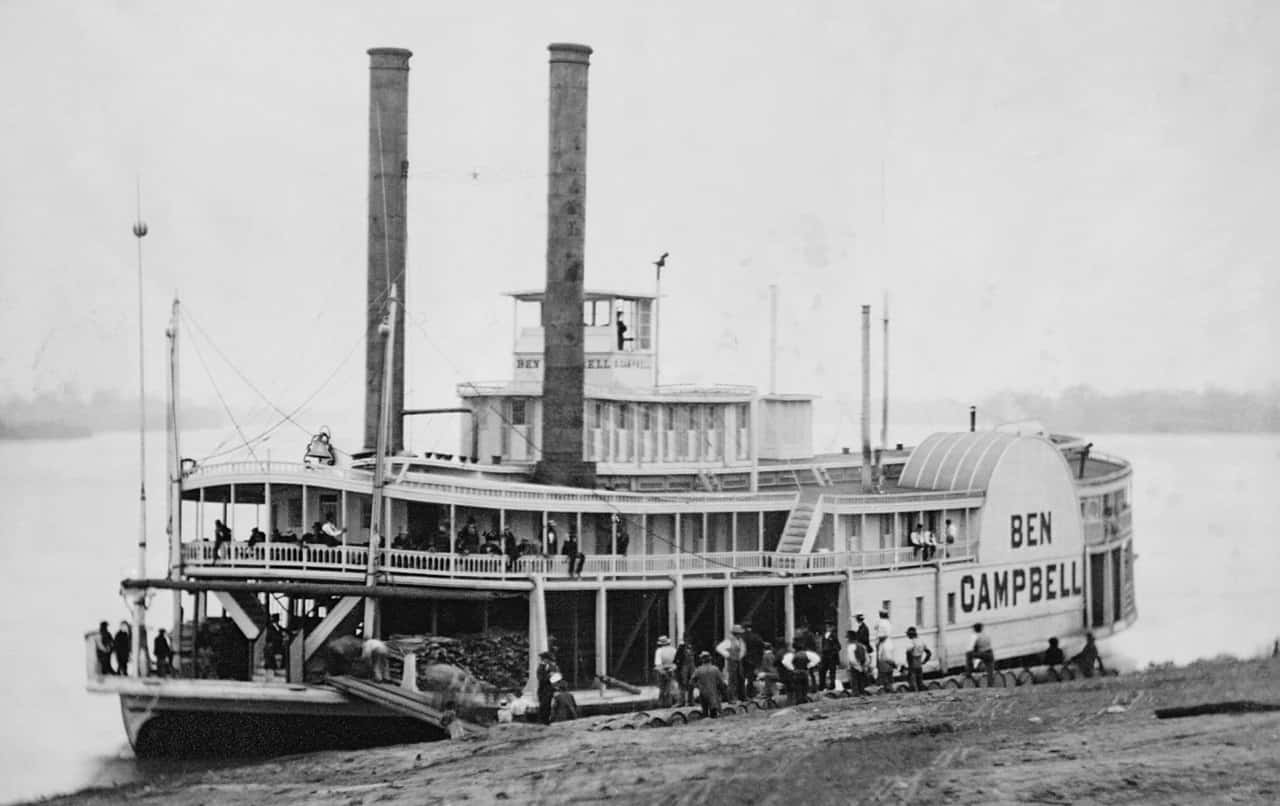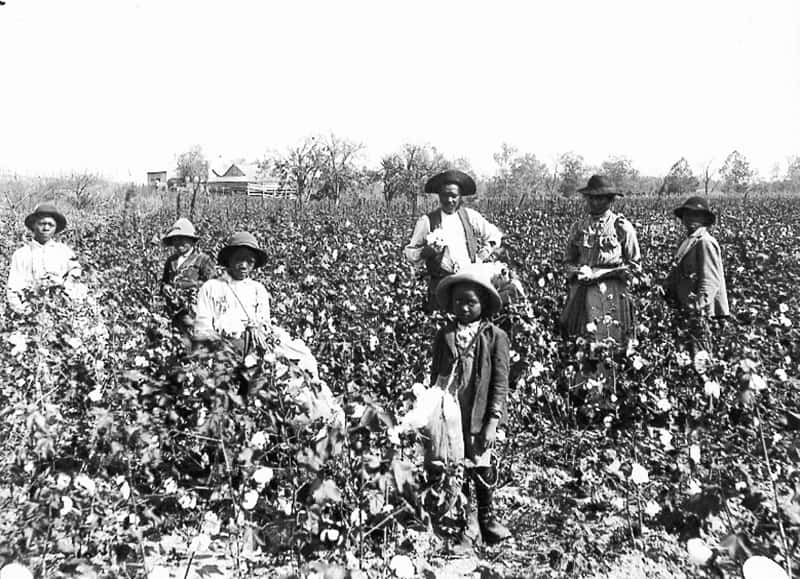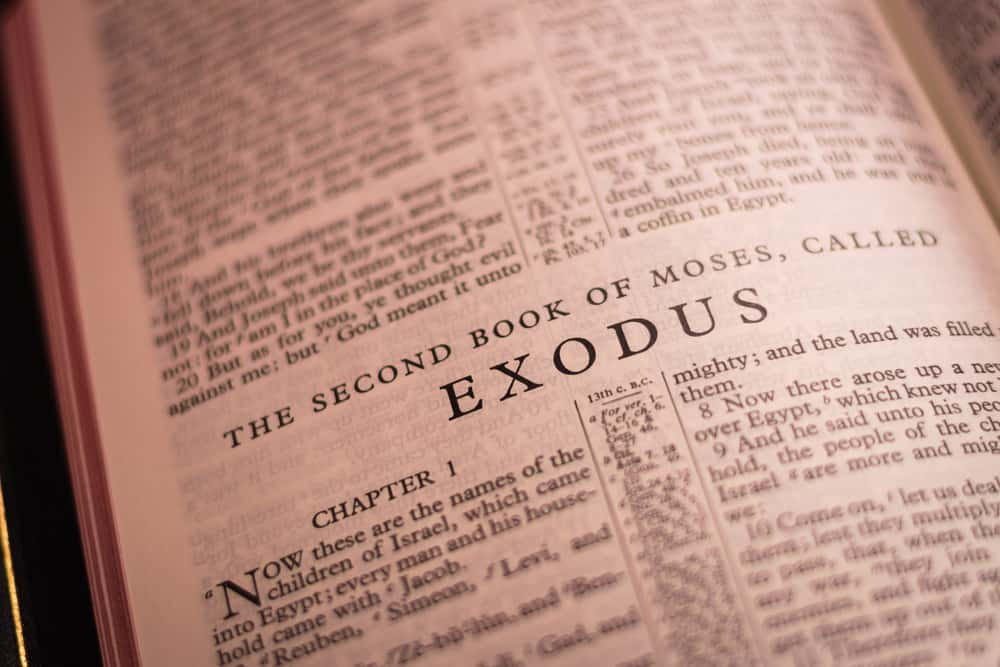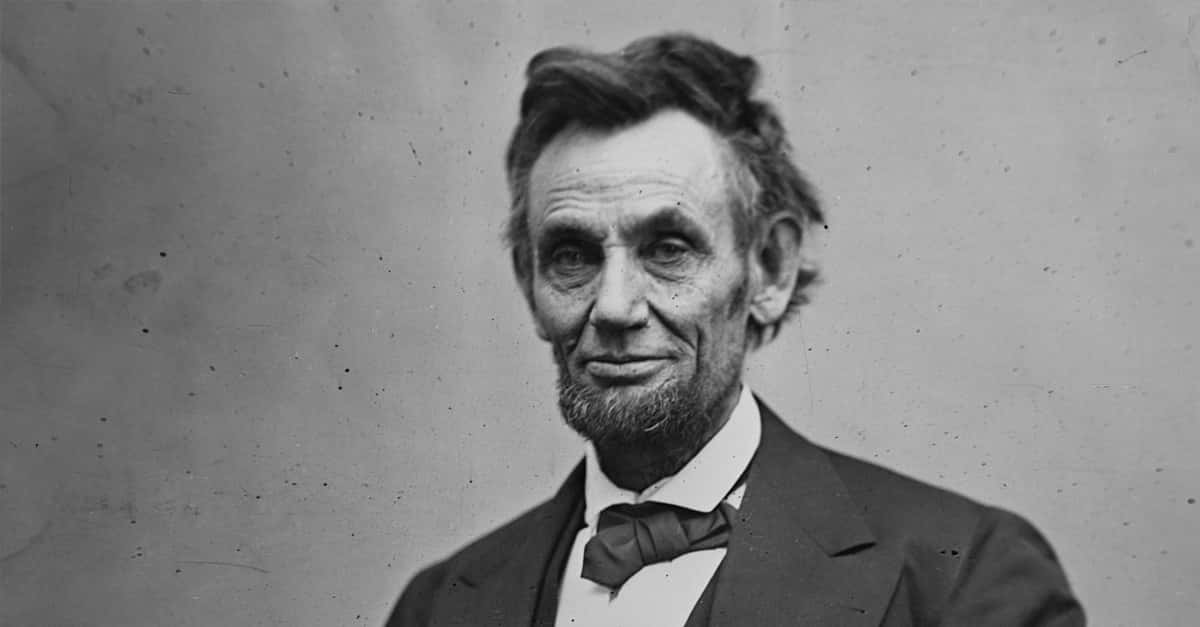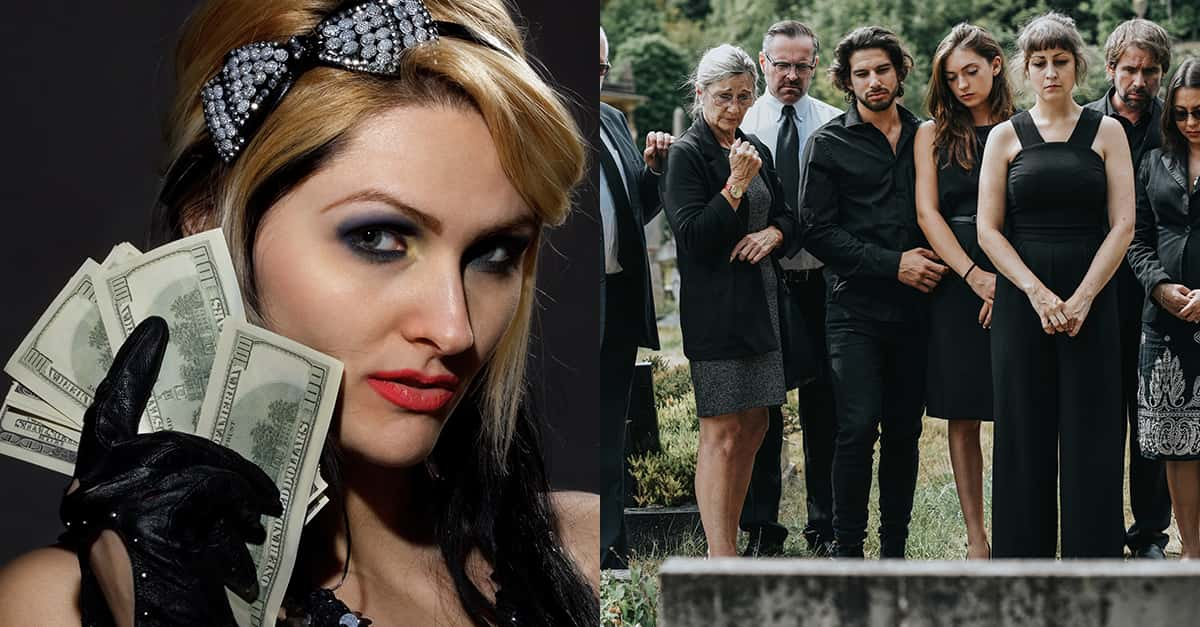Beyond the hoop skirts and endless pastures, there was grim side to the antebellum South. Before the Civil War of 1861, slavery distinguished the Southern United States in ways that were both complex and brutal. From food to fashion and family, there was barely a corner of life that was not informed by the practice of owning people. Below are 43 facts about the often shocking (but inarguably fascinating) history of antebellum South.
Antebellum South Facts
43. Before the Storm
The word “antebellum” is Latin for “before the war.” When people refer to the “antebellum South,” they’re generally referring to the Southern US before the Civil War of 1861 but after the War of 1812, a conflict which solidified the US as a real global power.
42. The Soft Touch of Money
Cotton was the backbone of the antebellum South’s economy. White plantation owners could own vast amounts of land for little money and by 1860, the South was producing two-thirds of the world’s cotton.
41. Unsavory Ambition
Three quarters of white Southerners did not own slaves. Among those who did, an overwhelming 88% of owned just 20 slaves or less. Nevertheless, even white Southerners who did not own slaves aspired to join the slave-owning class and would defend the institution as integral to the identity of the antebellum South.
40. Busting the Guns
A “filibuster” was someone (or a group) who engaged in military operations to annex new land on behalf of the government, without the government’s formal permission. This mode of warfare became popular in the 1850s, as individuals tried to expand the Southern US empire.
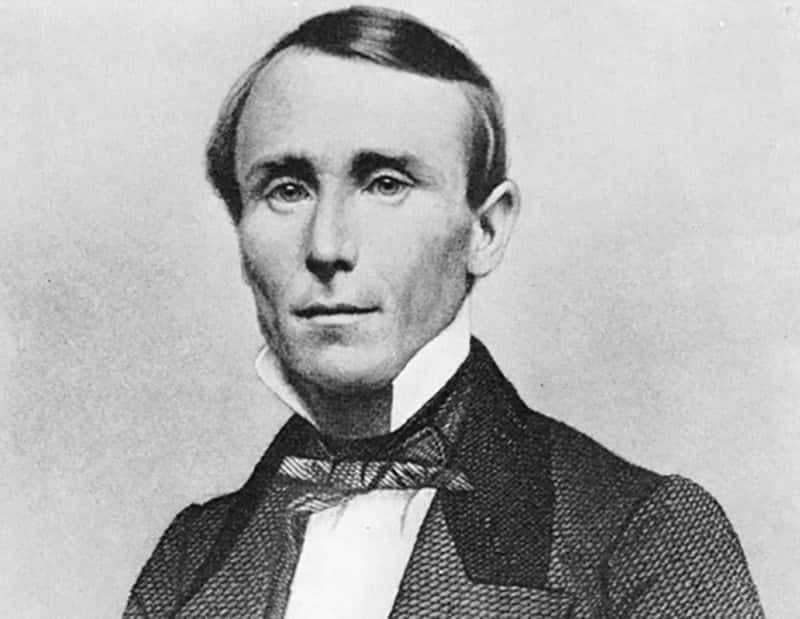 Wikipedia
Wikipedia
39. Gone Too Soon
Thank to the negligent conditions of slave barracks, child mortality was high on slave plantations. Most scholars estimate the rate to be about 66%; but on one rice plantation, this rate was estimated to be as high as 90%.
38. Everybody Wants Some (No Matter the Cost)
Much of the demand for Southern US cotton came from England, where it was exported on masse. Although the South would end up warring with Northern territories over the right to own slaves, England, which remained neutral during the Civil War, had previously had significant demand for slave-produced goods.
37. Welcome to the Machine
Eli Whitney’s cotton gin revolutionized the Deep South’s economy towards industrialization. The cotton gin was a contraption that quickly separated cotton fibers from their seeds, greatly reducing the labor intensity of cotton production and increasing productivity. The subsequent growth of the Southern economy also led to an increase in the growth of slavery as demand for cotton workers increased.
36. Refusing to Go Down Silently
Compliance from slaves was not a natural given; resistance and rebellions did occur. One most famous rebellions was Nat Turner’s slave rebellion, also known as the Southampton Insurrection, of August 1831. It was, of course, led by Nat Turner in Southampton County, Virginia. Rebel slaves killed upwards of 60 white people. 56 slaves and Turner himself ended up being executed, but only after he spent 2 months on the run.
35. Just Too Smart and Charming
Nat Turner, the famous leader of the Southampton Slave Rebellion of 1831, was also a gifted orator and writer. It was said that Turner could even sway white people with his charisma. In the spring which followed Turner’s rebellion, the Virginia General Assembly soothed fears about black intelligence by passing anti-literacy legislation, which criminalized the education of both slaves and free black people.
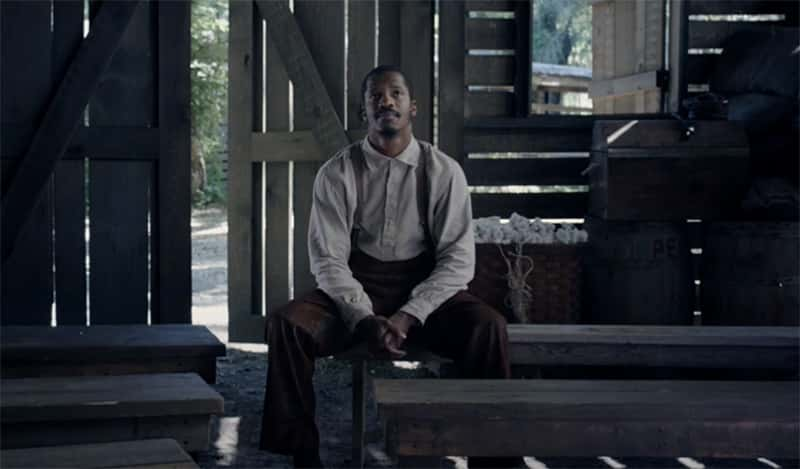 The Birth of a Nation (2016), Fox Searchlight Pictures
The Birth of a Nation (2016), Fox Searchlight Pictures

History's most fascinating stories and darkest secrets, delivered to your inbox daily.
34. The Indecent Concession
A compromise between Southern slave-holders and Northerners came in the form of the Fugitive Slave Act of 1850. The Act required that all escaped slaves were, upon their capture, to be returned to their “masters”—even if the escapees had made it to free states. Abolitionists would nickname the act the “Bloodhound Law” for the dogs that were used to track down slaves who sought refuge.
33. It’s time to D-D-D-DUEL!
In theory, dueling was a central part of any white Southern gentleman’s code of honor. If one dared to unfairly question another’s reputation, a duel was a tidy way to squash the beef. Most of the time, the parties reached an agreement before guns were drawn. Declaring a duel merely opened the grounds for reconciliation, usually via letter. If the either was unsatisfied with the paper exchange, only then would they resort to violence.
32. Uncomfortable & Complicit
Certain Indigenous American tribes were participants in the Atlantic slave trade. Most notably, by the 1860s, the Cherokee Nation held as many as 4,600 African slaves on their own plantations. The tribes often held black slaves as the “bridge” to white society, using them as interpreters and translators, in addition to farm and domestic labor.
31. Ladies of Despair
Although the economic agency of white women was restrained by their gender, the ideal of the white Southern Belle was inseparable from the practice of slavery. In fact, because slaves “helped” a white mistress fulfill her domestic duties, slave ownership was celebrated a moral avenue through which a (white) Southern belle could uphold her feminine duty and social status.
30. Skirts: A Lot of Hoopla
Southern Belle fashion culture was a fusion of Victorian English and French influence. The large hoop skirts were inspired by Victorian English styles; if a lady were affluent enough, she’d travel to London or Paris to import a personal seamstress to her home.
29. Hard to Free
Towards the end of the antebellum period, slave rebellion was increasingly on the minds of white government. Between 1810 and 1860, all Southern states passed legislation that made it increasingly difficult for white masters to free their slaves, even in their postmortem wills. Most Southern states even required that slaves leave their state within 30 days of being freed.
28. The Real Price of Labor
By the 1860s, the price of a “prime field hand” had doubled since the early 1800s to $1,800 USD (before inflation). Although foreign slave trading was banned at that point, the domestic demand thrived. The South’s investment in the slave economy had exceeded all others, including the price of land.
27. Gobble, Gobble
Turkey was a staple of the antebellum Southern diet. The tradition of the American turkey-centric Thanksgiving dinner began in the antebellum period.
26. A Humble Breakfast
Unsurprisingly, the slave diet was less robust than that of their masters. Slaves largely subsisted on a diet of cornbread and beef, which was considered less wholesome than pork.
25. Cuba? Or Cue the Alternative History?
After the Mexican-American war, the Southern states briefly eyed Cuba as the next frontier of slave empire expansion.
24. Peculiar Things
It was John C. Calhoun who popularized the description of American slavery as “the peculiar institution.” He specifically described it as “the peculiar domestick institution of the Southern States,” which highlights the deep ties between the culture of the antebellum South and that of slavery.
23. Sweet Dreams & Nightmares
Almost all sugar grown in the United States in the antebellum period came from Louisiana. In any given year, the sugar crop grown in other states accounted for only 5% of what was being produced in Louisiana plantations.
22. Lonely Hearts, Wild Nights
The life of a sugar plantation mistress was often one of isolation. Their husbands were often busy with slave management and were also highly protective of their white women as mothers of their heirs. These women made the plantation house their domain, and letters reveal concentrated efforts to uphold a form of social life with other whites via famous Southern balls, concerts, operas, and plays.
21. Less Than Equal Opportunity
There were black plantation owners, although they made up a very small minority of the institution. In 1860, there were 172 free black people in the entire state, whose average real estate holdings valued just over $10,000.
20. Family Planning With Ulterior Motives
Family separation was a fixture of antebellum slavery, with enslaved parents and children being sold separately on a whim. However—for remarkably selfish reasons—white masters were somewhat encouraged to keep black families together: adult slaves were far less likely to run away if they were leaving children and spouses behind.
19. Getting by Together
An escaped slave could join a “maroon” camps, which was an organized community of fellow runaway slaves, who would try to carve their own subsistence with each other. They often raised their own food and raided nearby plantations for additional supplies.
18. A Warning Not Heeded
A slave uprising led by Charles Deslondes called the 1811 German Coast Uprising killed only 2 white men, but 21 slaves were eventually decapitated for the crime. Their heads were placed on poles along the River Road as a warning sign to would-be resistance leaders.
17. Old School Style
Antebellum architecture is inherently a “neoclassical” genre. This means that their houses draw from Greek artistic influence for their design, as well as an influence from Georgian style. They are also famed for their very elaborate gardens.
16. Ship of Shame
Although international slave trade was technically banned in the US by the 1820s, pirates would find a way to profit by luring escaped slaves from the states and then selling them overseas. One of the most infamous profiteers was the French ship Grietely, which pulled into Georgia’s Savannah Harbor in 1854 to collect 71 runaway slaves.
15. The Buckner House Makes Hollywood
The third season of American Horror Story (subtitled Coven) was filmed in a real-life former Georgian plantation house, the Buckner Mansion, in New Orleans.
14. Rebel With A Cause
According to local legend, the ghost of a slave boy by the name of “George” haunts the bed and breakfast on 128 Wentworth Street in Charleston, South Carolina. Along with his parents, who were also eventually enslaved, George used to reside peacefully upon the third floor until his folks were sold. Guests say that his spirit copes with the loneliness by haunting the residence, messing with electronics, and shaking beds while guests sleep.
13. Maternal Law
Virginia was the first state to change the existing laws that gave children legitimacy through the father, as with the case in Great Britain. With these new laws of the mid-1600s, the mother’s legal status now determined whether a child was free or not at birth. These reforms made it much easier to keep control over black families, as they insisted a black mother’s children were property.
12. The Tools of Oppression
The “punishment collar” was an inhumane device that white slave owners used impose discomfort (and immobility) on rebellious slaves. With 4 pikes sticking out of the neck ring, the collar rendered it difficult for the captive to breathe and impossible for them to lie down.
11. A Feast of Triumph
Even with their meager resources, black slaves developed their own rich culinary tradition. The hoecake, for example, became a favorite of many despite its humble origins as cornmeal, water, and salt that slaves would cook over a fire pit, with an iron pan called a “hoe.”
10. Dressed to Impress
The term “Sunday best” is heavily associated with the few luxuries allowed to slaves: their church clothing. Owners would allow their slaves more respectable clothing to appear in church, which was one of the few public places where they could at least look like equal citizens and not possessions.
9. A Critical Change of Faith
Even before the Civil War, sympathy for abolition was rising; “The Second Awakening” was a religious revival that swept the country from the 1790s into the 1840s. It emphasized the individual relationship to God, separate from Church mediation. This “awakening” led to the founding of certain sects of Christianity, like the Quakers, who believed all subjects were equal to God and thus slavery was a sin.
8. And She Never Stopped Running
We all know Harriet Tubman as the famed abolitionist who liberated hundreds of slaves over her lifetime. Before that, she was a slave born under the named Arminta “Minty” Ross. Tubman actually made her first escape by herself as a young girl, running away for five days before being brought back.
7. A Girl’s Best Friend
Harriet Tubman carried a pistol, which served as both a weapon and a symbol to instruct slaves. Tubman made it clear to her escapees that loyalty to the cause was paramount and that “dead Negroes tell no tales.”
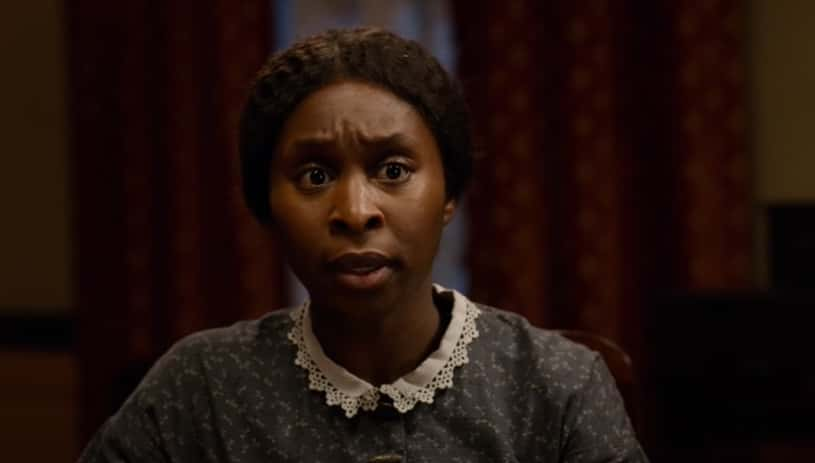 Harriet (2019), Focus Features
Harriet (2019), Focus Features
6. Choose Your Cruise (Not Everyone Could)
Antebellum steamboats were not only for the transport of cargo, both human and nonhuman; they were also ornate spaces of white socialization, equipped with saloons, dining halls, and black slaves to serve the patrons.
5. Hoisted by Their Own Cotton Petard
Ironically, the antebellum South’s quest for economic independence via slave-produced cotton made the culture more dependent than ever on outside economies. Approximately 75% of cotton produced in the South was exported abroad, but this system required mass imports of food and supplies from the West to sustain itself. To fund these ventures, Southern plantation owners had to borrow heavily from Northern banks.
4. Songs of Solace
Christianity was embraced among antebellum slaves. Unsurprisingly, spiritual songs about the Book of Exodus were a popular pastime; Exodus retells the biblical retelling of the Hebrew escape from slavery in Egypt.
3. Race: A Disreputable Science
What made a person “white” or “black” was (and remains) a very flexible line. Take the example of Sally Hemmings, an enslaved girl whom Thomas Jefferson took into a sexual relationship when she was just 14 years old. Hemmings was born from a biracial black mother herself. Hemmings was also the half-sister of Jefferson’s late wife, Martha. As someone who could be considered just one-quarter African American and still an enslaved person, Hemmings demonstrates that (like many other slaves of the antebellum South) race was more of a convenient social marker, not a fixed biological reality.
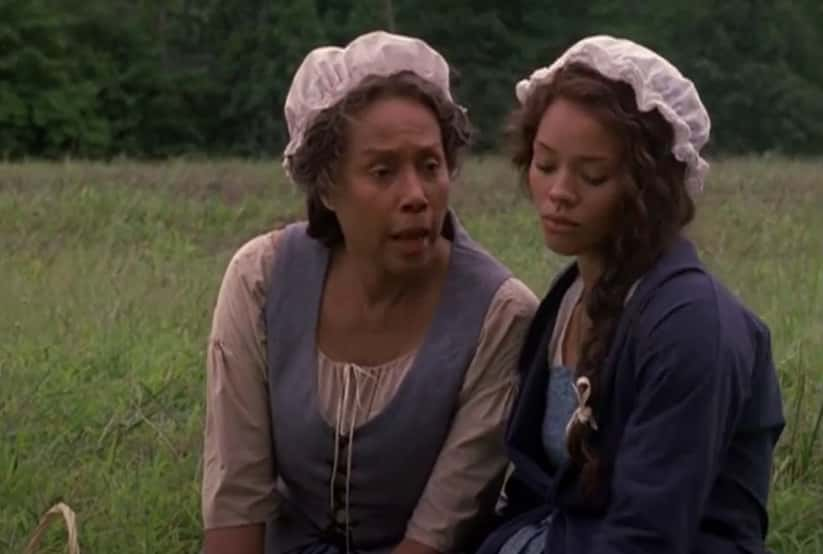 Sally Hemings: An American Scandal (2000), CBS Productions
Sally Hemings: An American Scandal (2000), CBS Productions
2. Silenced Justice
Solomon Northup was a freeborn black man who was kidnapped and sold into slavery in 1841. He spent 12 years in plantation slavery before finding his way home. Northup brought his kidnappers and abusers to the attention of local lawmen, but he could not testify at his own trial due to laws that barred black men from testifying in court. He eventually published a memoir titled 12 Years a Slave.
 12 Years a Slave (2013), Regency Enterprises
12 Years a Slave (2013), Regency Enterprises
1. Abolition on the Books & Minds
1853 saw the publishing of two iconic anti-slavery literary works: Uncle Tom’s Cabin, a novel by a white abolitionist named Harriet Beecher Stowe, and 12 Years a Slave, a memoir penned by kidnapped and enslaved free black man, Solomon Northup.
Sources: 1, 2, 3, 4, 5, 6, 7, 8, 9, 10, 11, 12, 13, 14, 15, 16, 17, 18, 19, 20, 21, 22, 23, 24, 25, 26, 27, 28, 29

